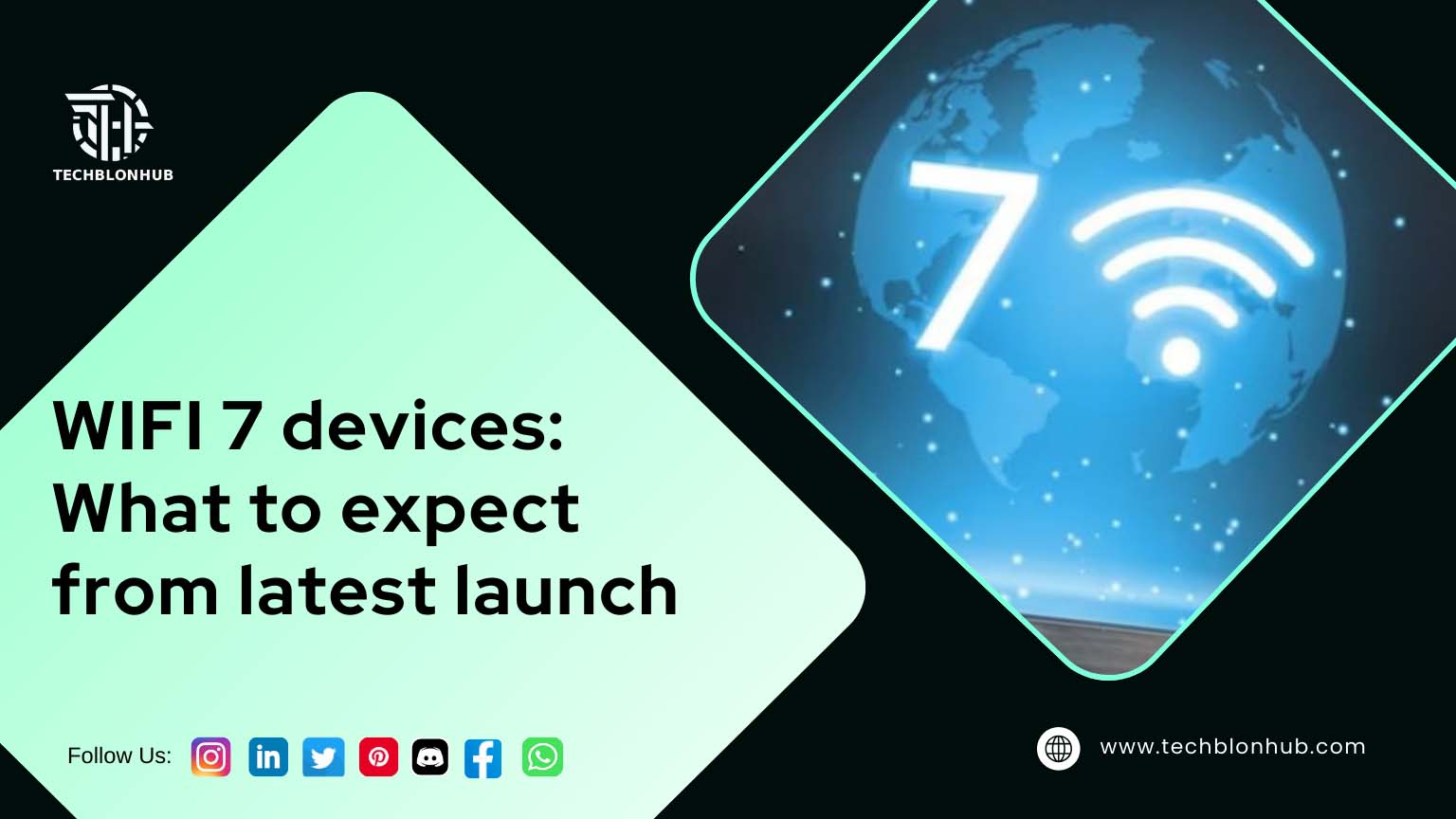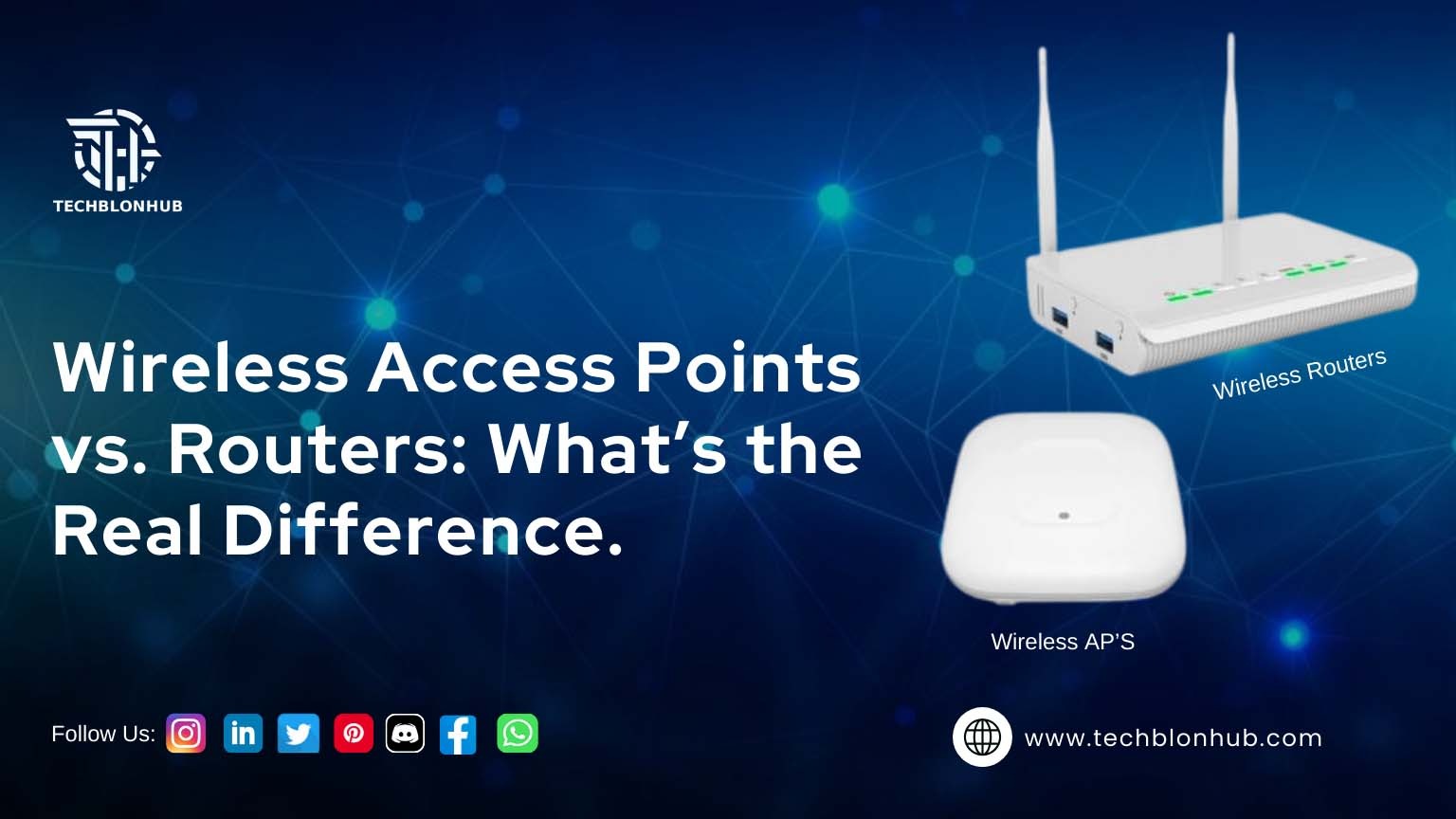1. Wi-Fi Technology Evolution

Wi-Fi 5 (802.11ac): Launched in 2014, Wi-Fi 5 operates mainly on the 5 GHz band with a maximum speed of 3.5 Gbps. Additionally, it introduced MU-MIMO technology, allowing routers to communicate with multiple devices simultaneously.
Wi-Fi 6 (802.11ax): Released in 2019, Wi-Fi 6 boosts speed and efficiency with a maximum theoretical speed of 9.6 Gbps. It uses OFDMA to improve bandwidth usage across multiple devices, reducing latency and congestion.
Wi-Fi 7 (802.11be): Wi-Fi 7, expected to be commercially available in 2024, promises speeds up to 30 Gbps. It introduces Multi-Link Operation (MLO), allowing simultaneous connections on multiple bands for improved speed and reliability.
Principal attributes of Wi-Fi 6 and Wi-Fi 7 End
Key features of Wi-Fi 6
OFDMA: The channel divides resources into small portions, assigning them to different devices without conflict, improving latency and performance in congested applications.
MU-MIMO: Wi-Fi 6, upgraded from Wi-Fi 5, supports up to eight concurrent streams, allowing more devices to connect without degrading performance.
Target Wake Time (TWT): This specifies wake times for devices to send or receive data, reducing power consumption and extending battery life on IoT devices.
1024-QAM: Wi-Fi 6 uses 1024 Quadrature Amplitude Modulation to improve data transmission and increase throughput at the same bandwidth.
Wi-Fi 7 Features: Multi-Link Operation (MLO) allows devices to connect to multiple frequency bands simultaneously, optimizing speed and reliability.
Wider Channels: Wi-Fi 7 supports a 320 MHz channel width, more than doubling Wi-Fi 6’s capacity and enabling it to carry more data at once.
Higher MU-MIMO: Wi-Fi 7 enhances MU-MIMO capabilities to support more simultaneous connections in high-density environments.
Stronger Security : Wi-Fi 7 supports the latest security versions, making connections safer for users.
2. Impact on Speed of Internet
The progress on the Wi-Fi front is connected with the internet speed through the following steps:
Increased Bandwidth: Wider channels and advanced modulation in Wi-Fi 6 and Wi-Fi 7 deliver high data rates, enabling faster downloads, smoother streaming, and better gaming visuals.
Efficient Bandwidth Utilization: OFDMA and MLO increase bandwidth availability, reducing congestion and enhancing network performance.
Less Latency: Multiple connections without interference reduce latency, benefiting real-time applications like video conferencing and online gaming.
Wi-Fi Performance in Noisy Environments: Wi-Fi 6 and Wi-Fi 7 perform effectively in environments crowded with devices, such as stadiums, offices, and smart homes.
Adaptive Bandwidth Allocation: Wi-Fi 7’s MLO feature allows devices to dynamically switch between operating bands based on network conditions, ensuring maximum performance.
 TechBlonHub A new digital technology era.
TechBlonHub A new digital technology era.







3 comments
Pingback: Trusted Cisco Partner | Cisco Solutions & Support
Pingback: Top Internet Providers: Find the Best High-Speed Plans
Pingback: Mesh Technology: Enhance Your Network with Seamless Connect